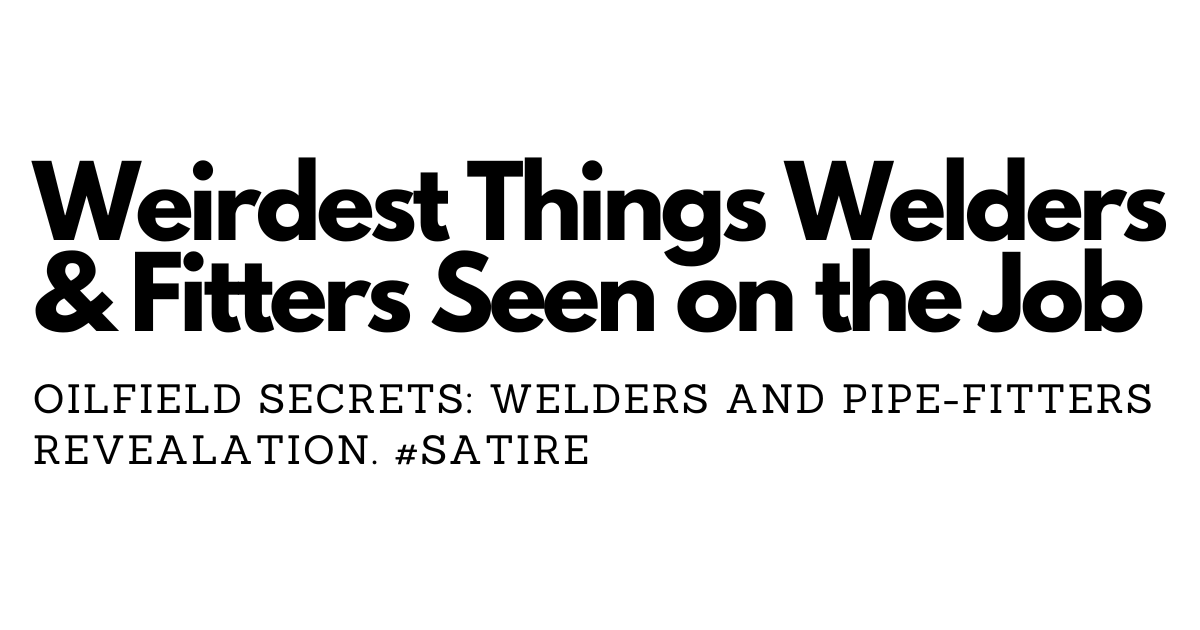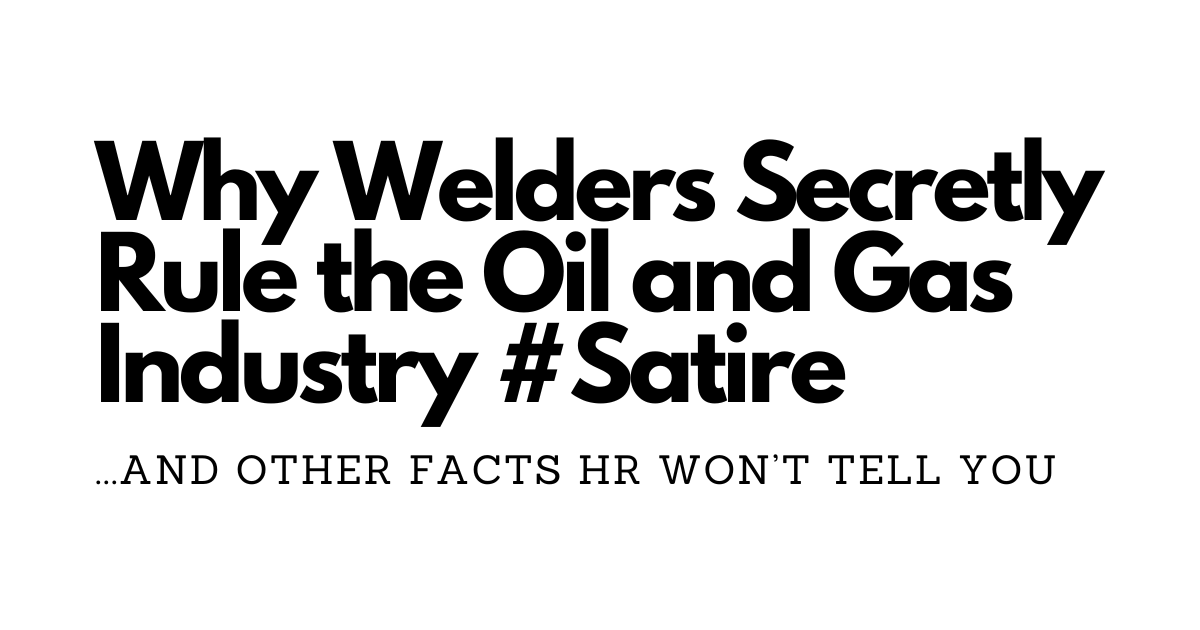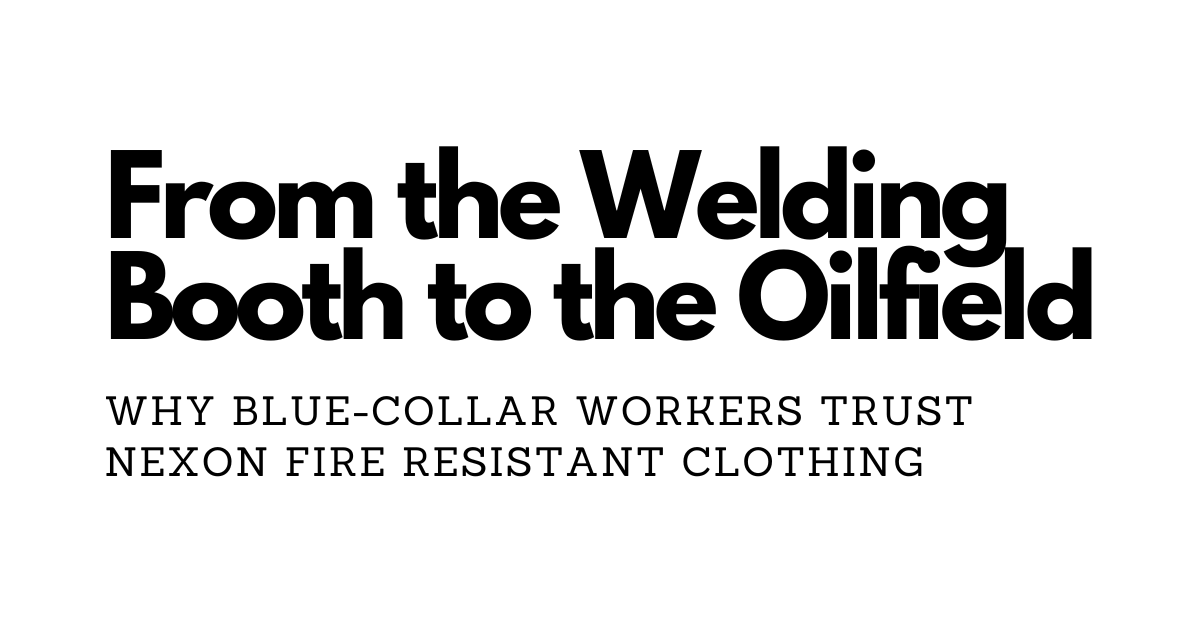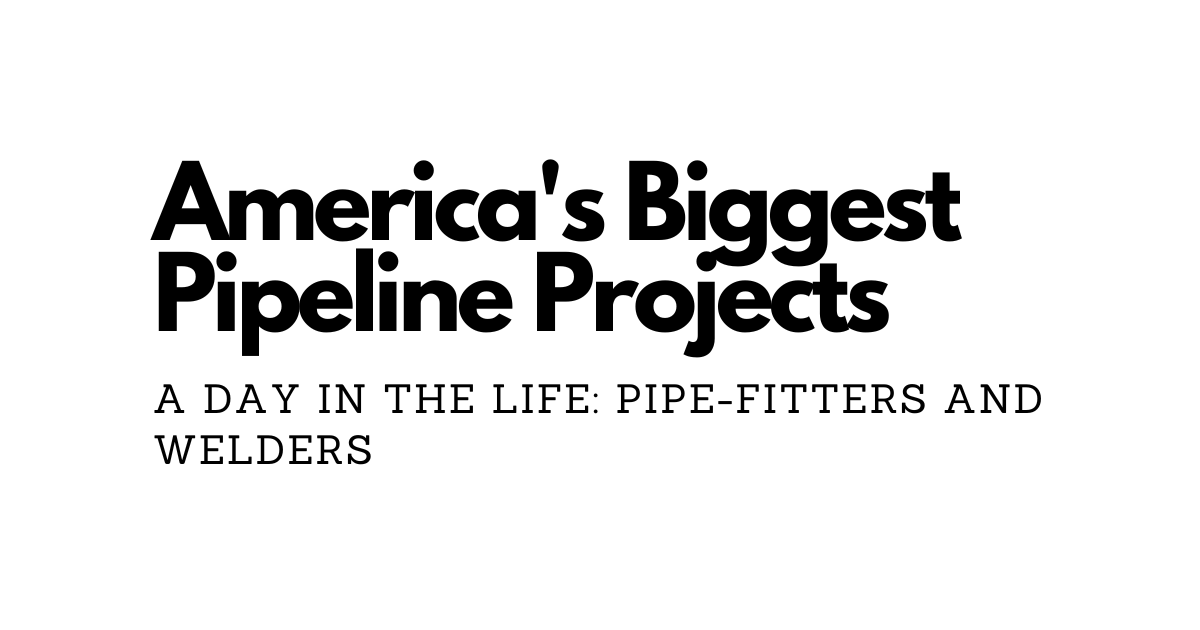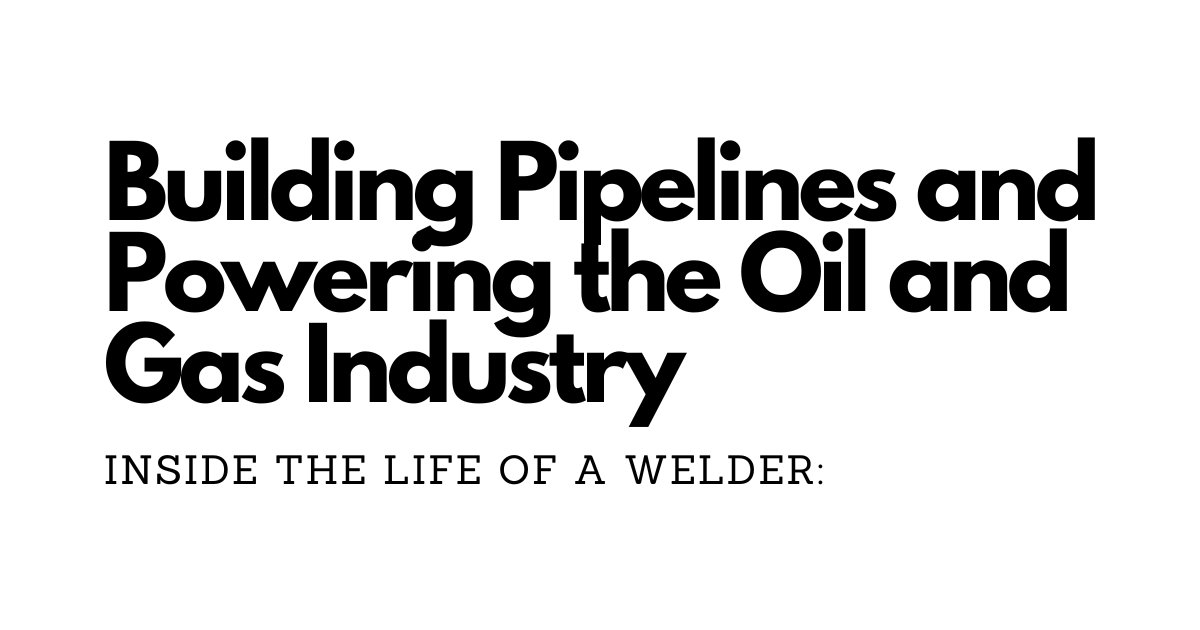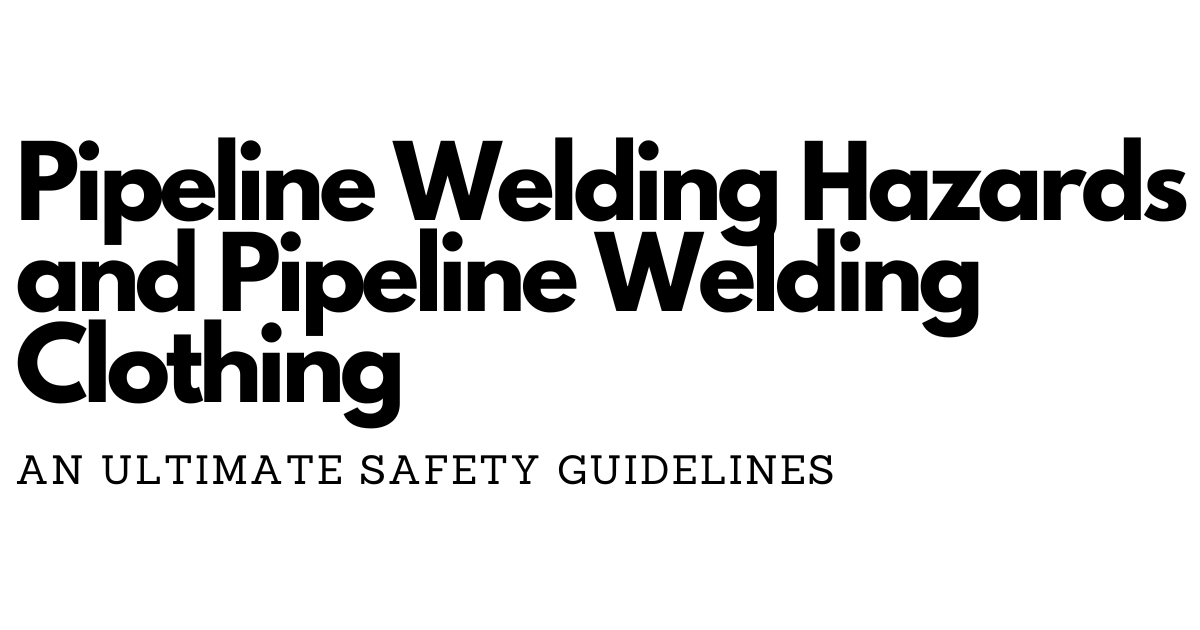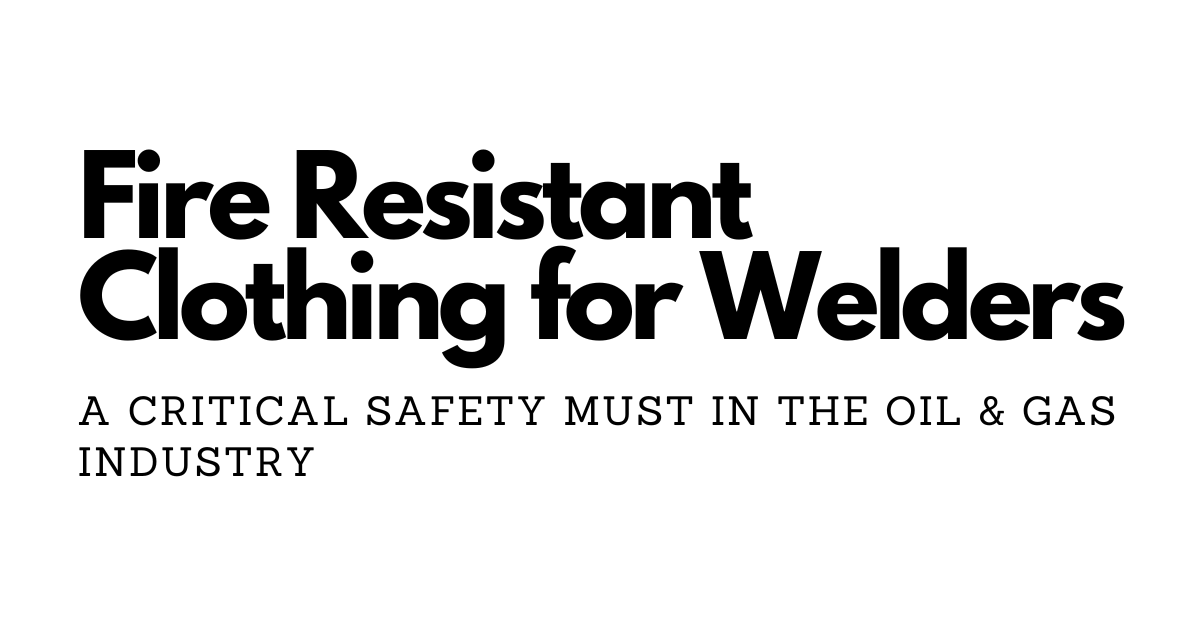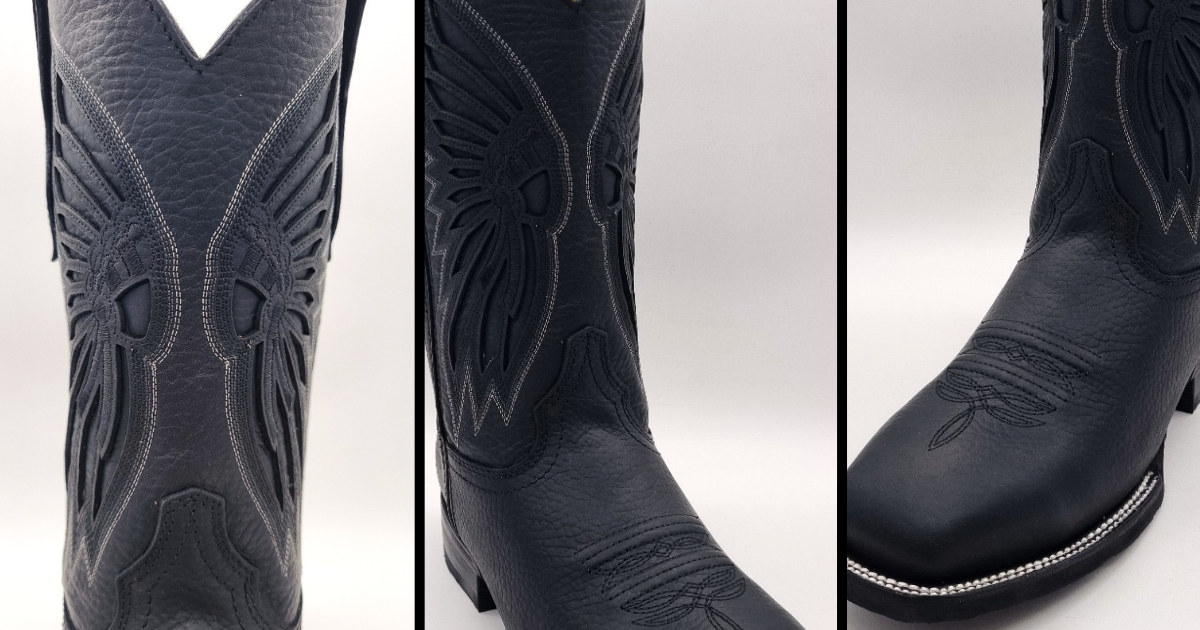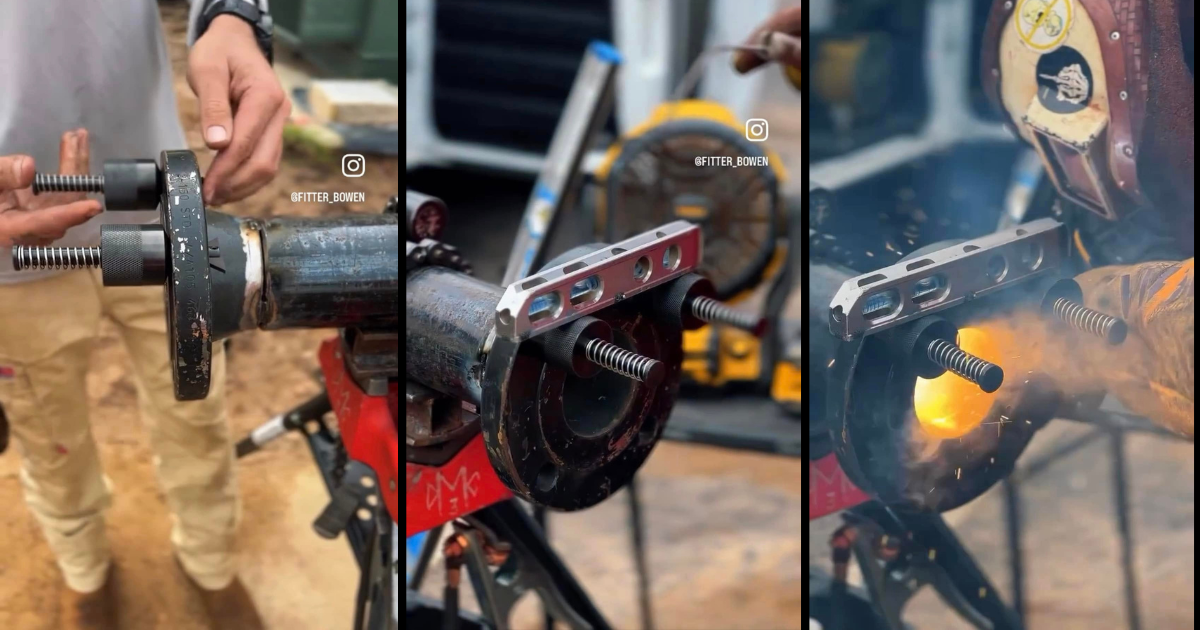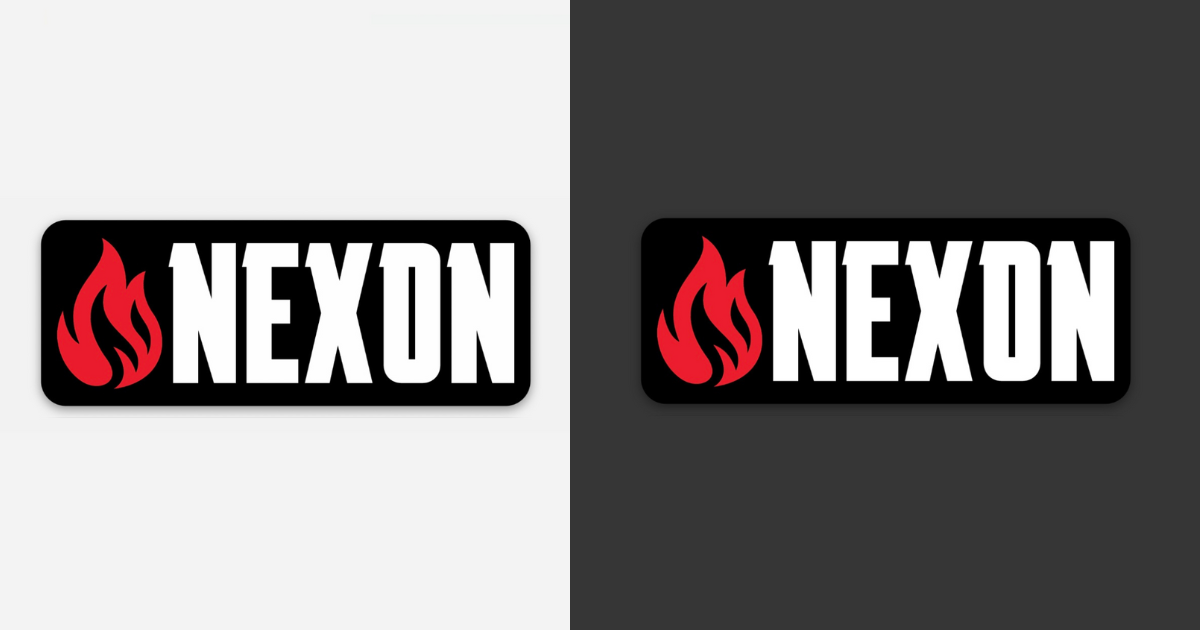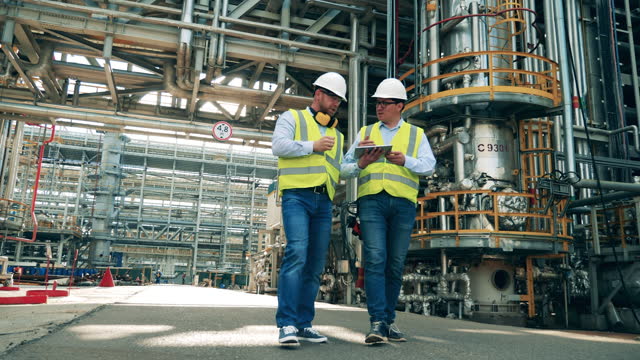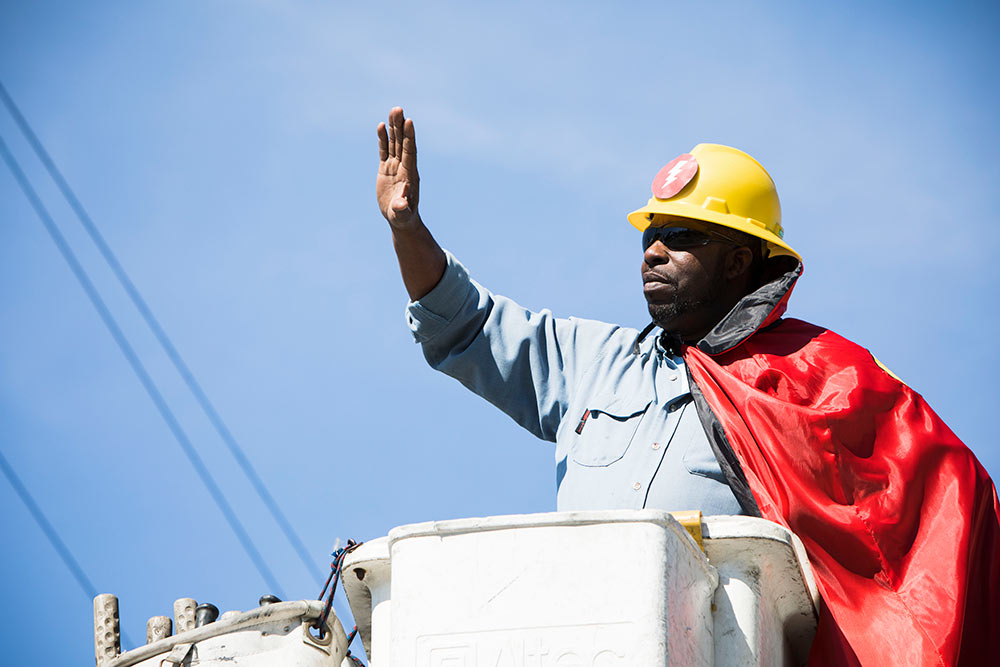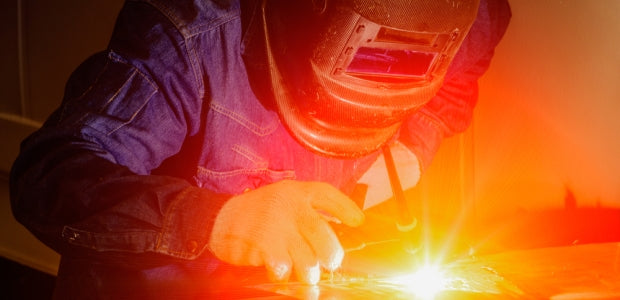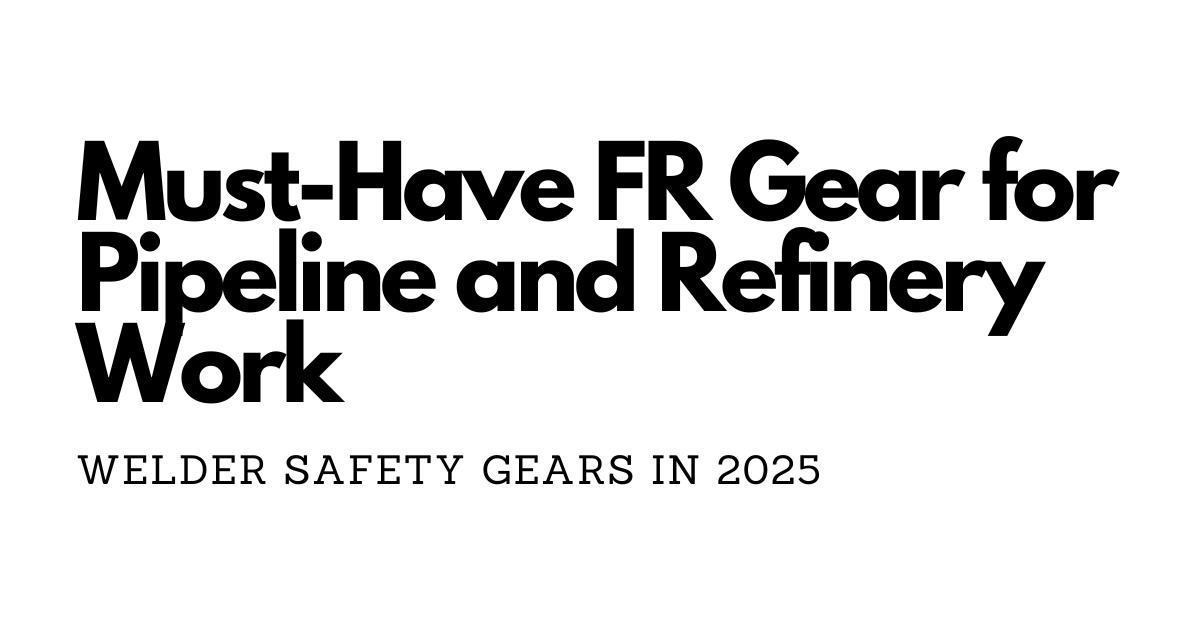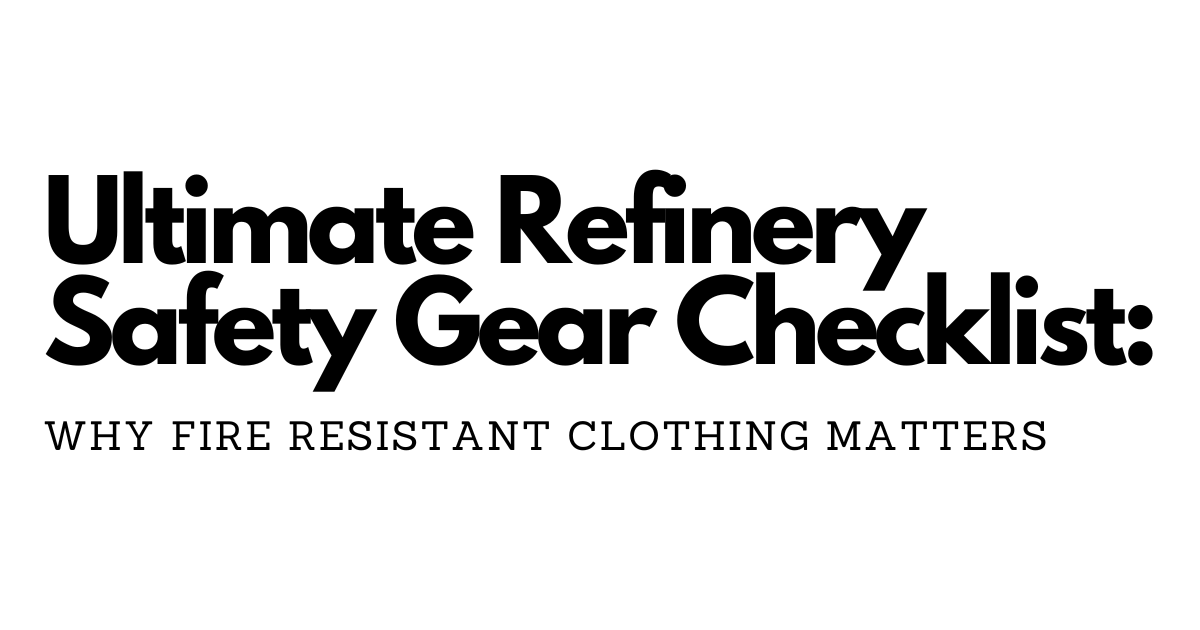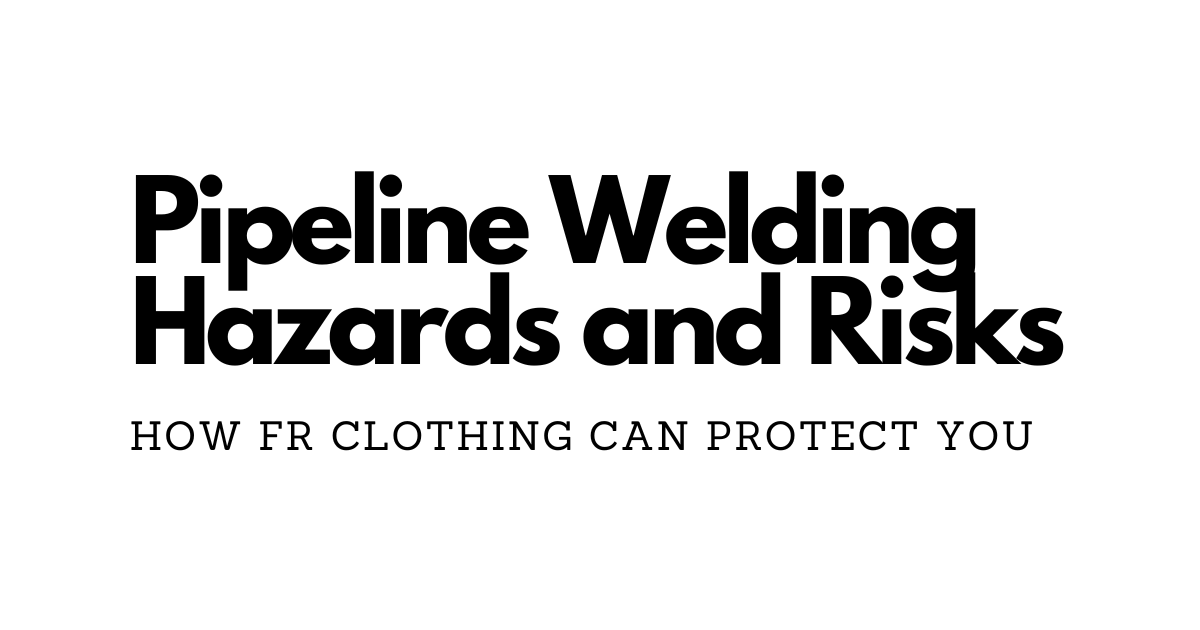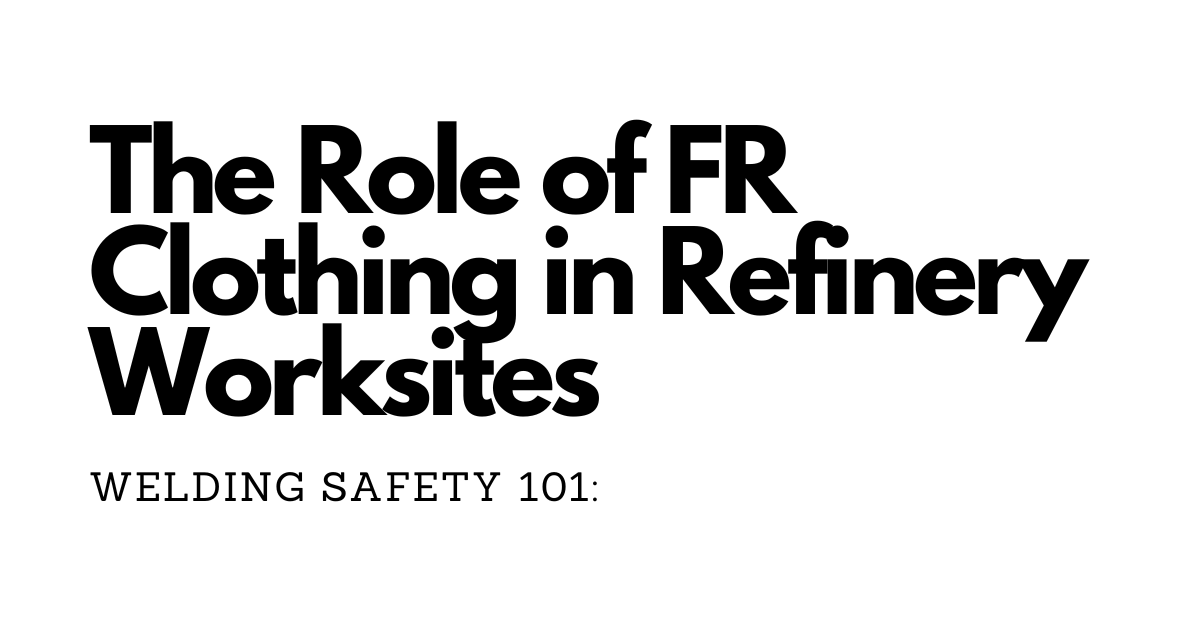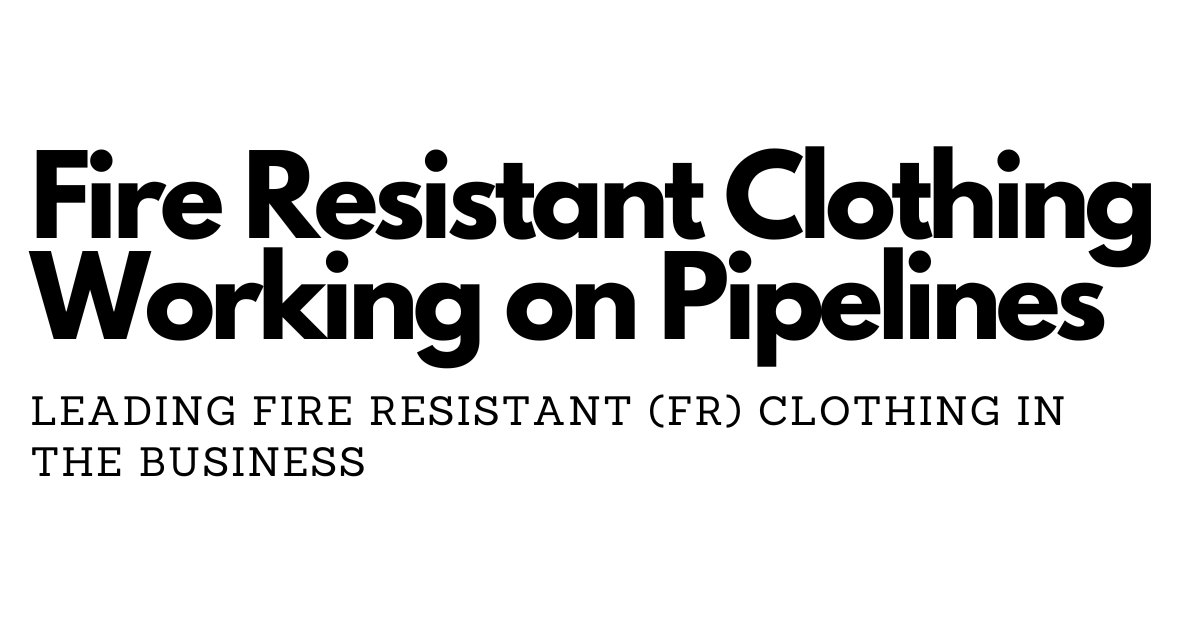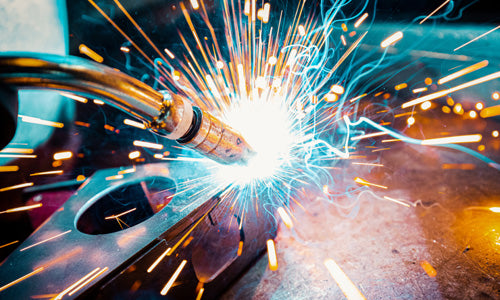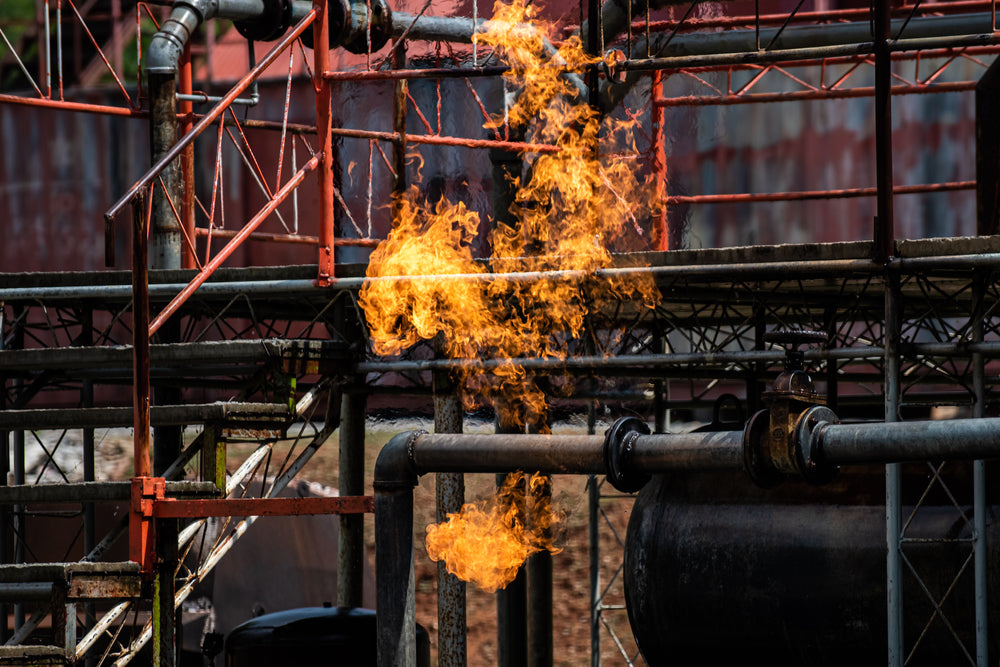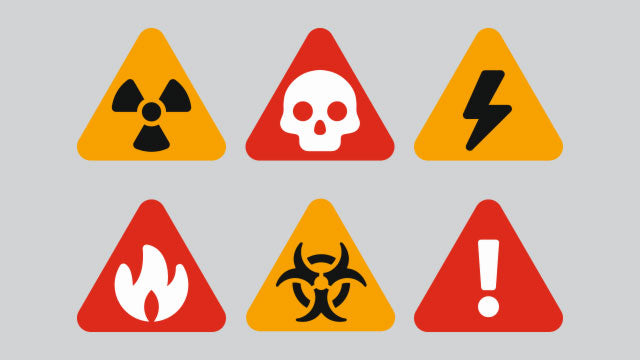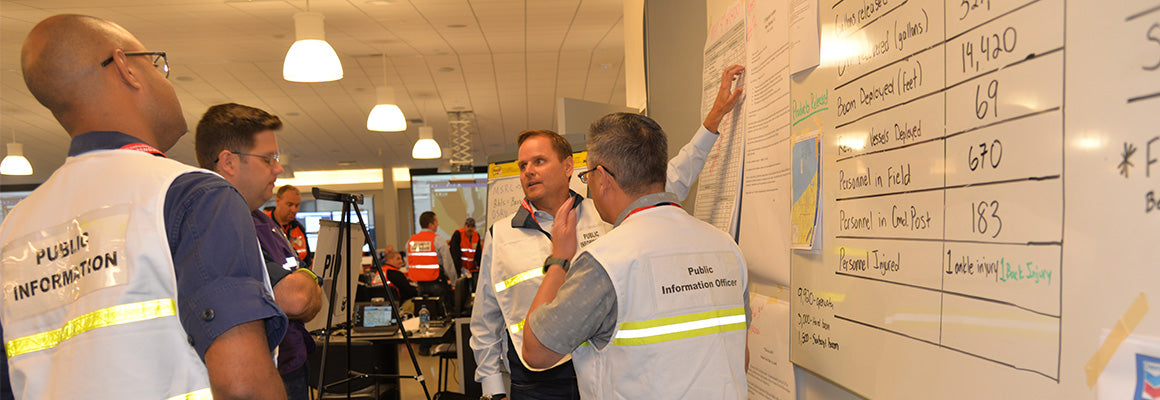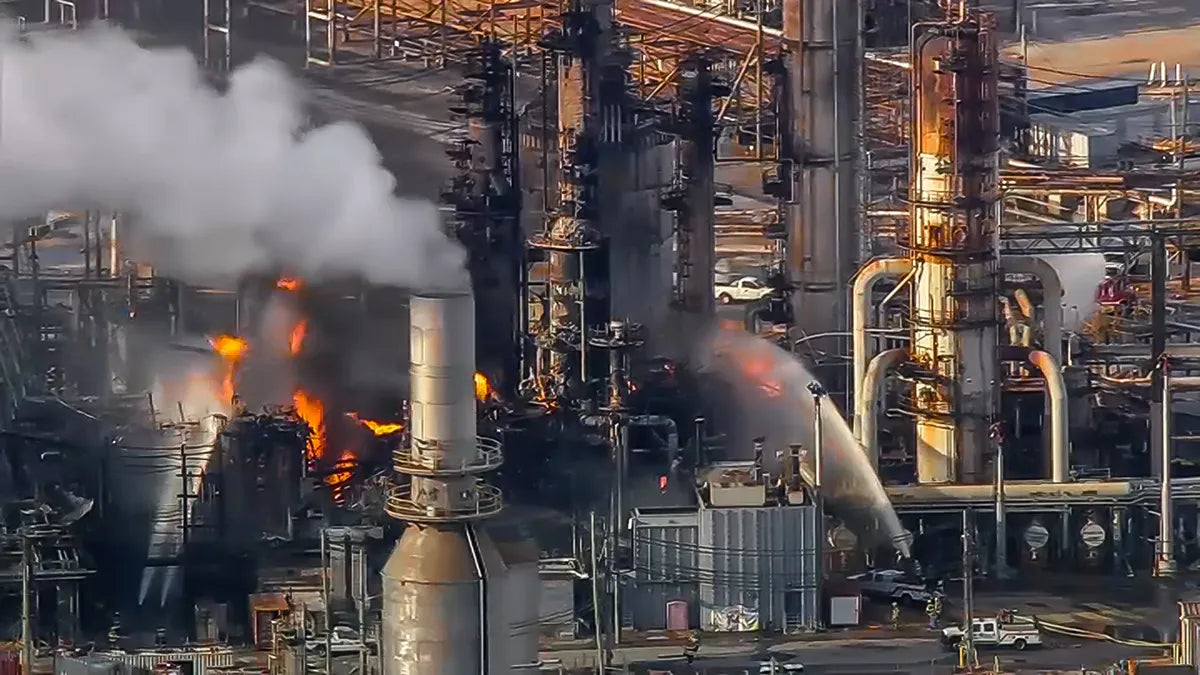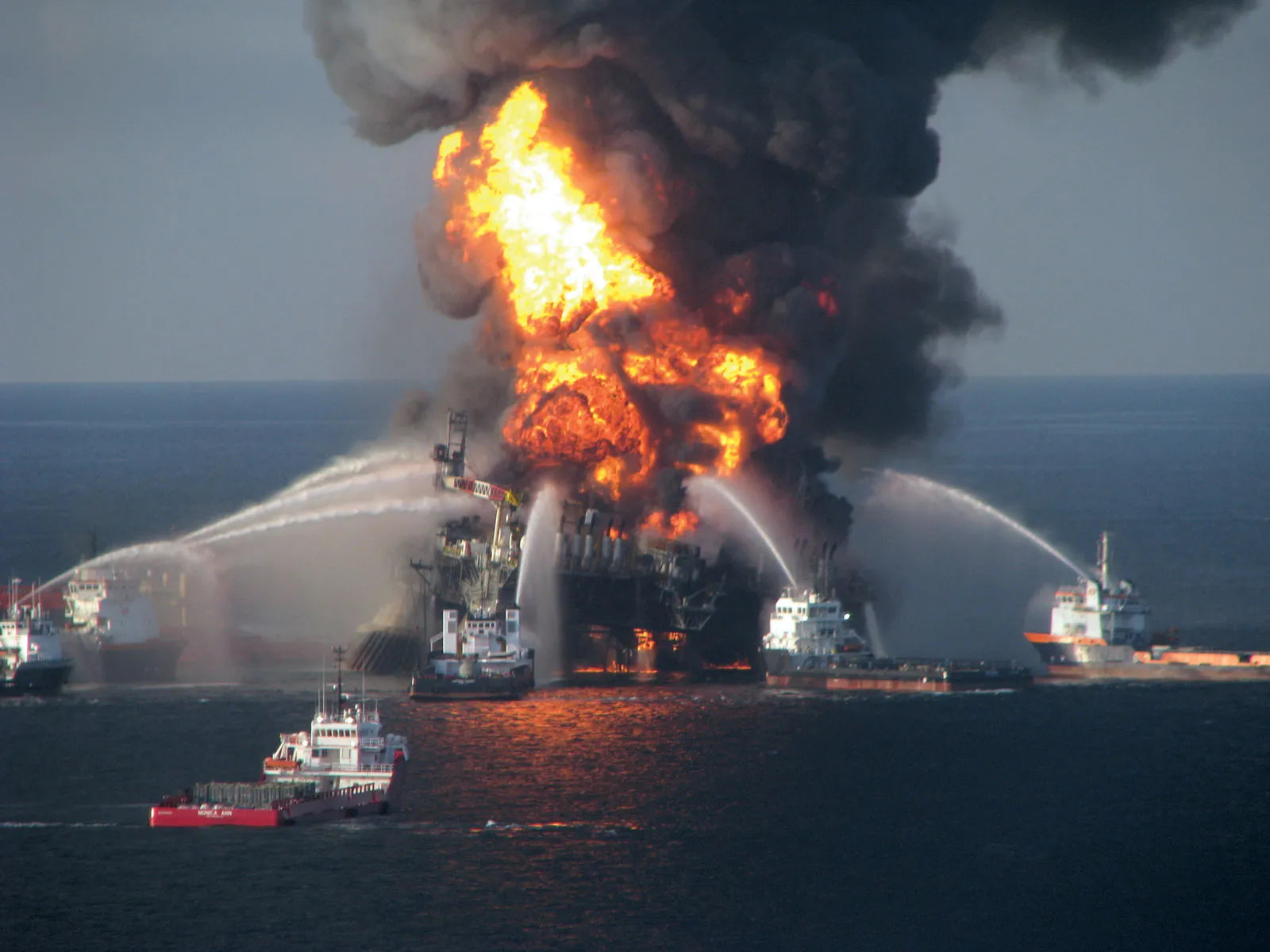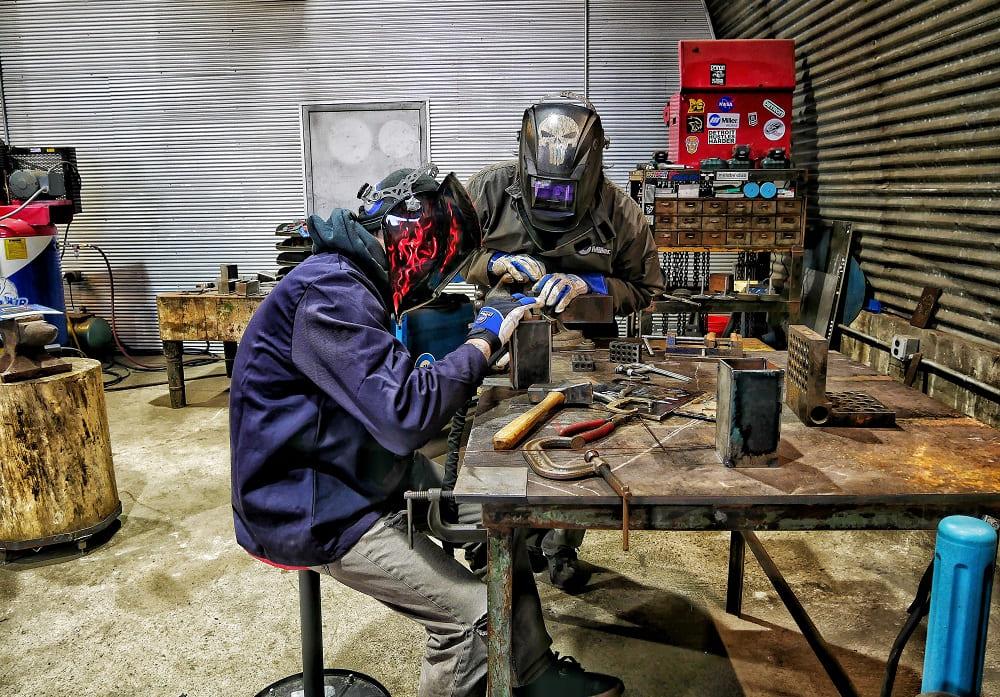

The first step to choosing a career is to make sure you are actually willing to commit to pursuing the career. You don’t want to waste your time doing something you don’t want to do. If you’re new here, you should read about:
What does a pipefitter do? A pipefitter, also known as a steamfitter, is a tradesperson trained in organizing, assembling, creating and maintaining mechanical piping systems that must withstand high pressure. These types of systems are usually industrial, include heating and cooling systems, and involve work with steam, ventilation, hydraulics, chemicals, and fuel.
This occupation is often overlooked and sometimes confused with the occupation of a plumber. However, a steamfitter and a plumber differ in the fact that plumbers work with low-pressure piping systems, such as utility systems. Pipefitters work more in welding, rather than in the field of water or water sanitation.

What is the workplace of a Pipefitter like? Employment for pipe-fitters can include utility companies, gas plants, hospitals, chemical plants, oil refineries, building companies, heating and air ventilation companies, and construction firms. Work is done both indoors and outdoors, depending on the project itself. Pipe-fitters may spend some time at the installation location but will spend far more time manipulating and creating the pipes than working at the actual installation location.
There is a risk of injury in this occupation, as fitters work with power tools and heavy equipment frequently. Working conditions may vary, but this occupation involves a lot of standing and sometimes working in tight quarters for long periods of time. There is also occasional exposure to potentially harmful gases. In this situation, workers are asked to wear a respirator or mask. Work hours are often extended beyond typical office hours, calling for as long as a 12-hour workday period. Pipefitters often receive emergency calls because the systems that they work with are often essential for a building to properly function.
How to become a Pipefitter?
Entering this occupation requires a mixture of apprentice and trade school training. Typically, apprenticeship training lasts three to five years, with a 1500-hour minimum of on-the-job training, as well as eight weeks of technical training in the classroom. High school students can become apprentices and attend technical school in order to earn credits towards their training. During the apprenticeship, pipefitters will learn all the necessary skills, such as threading, grinding, welding, soldering, and working with metal in general.
Classes can be taken at most local vocational schools or technical schools. Another option is to take a diploma program offered by a community college. Following training, prospective fitters will have to pass a certification exam, often delivered by the training program itself. Upon successfully completing the exam, pipe-fitters will receive a license and can work independently.
Necessary Skills for Pipe fitters
The Bureau of Labor Statistics has provided some important qualities that all aspiring pipe-fitters should possess. They include:
Communication: Pipe fitters must learn how to communicate important details of the job to clients using layman’s terms. They should be able to communicate what is happening, and why. They should also be able to direct workers, enforce schedule management, and bid on jobs.
Dexterity: A pipe-fitter must be able to handle tools and parts with precision, even when working in tight spaces.
Mechanical Knowledge: Pipe-fitters must be familiar with the tools needed to assemble, maintain, and repair pipe systems.
Physical Strength:. Pipe-fitters must be able to lift heavy tools and materials.
What Kind of Education do You Need to Become a Pipe-fitter?
A high school diploma or equivalent is typically required of plumbers, pipefitters, or steamfitters. Some may attend a vocational-technical school before pursuing on-the-job training.
Post-secondary education training programs are also available. A training program may take around one year to complete and are typically offered at technical schools or a community college. Curriculums revolve around blueprint reading, math, and welding. Hands-on piping work is also included.
Aspiring pipefitters can also look into degree programs. Pipe fitting instructions are often incorporated into plumbing degree programs, in particular. Those who wish to learn more formal instruction regarding pipefitting might want to think about earning a degree in this area. This decision will land you an Associate Degree in Science or an Associate Degree in Applied Science. A diploma will take around two years to receive.
Of course, the most important step in becoming a pipefitter revolves around the apprenticeship training program.
Being a pipefitter requires patience and physical strength. Workers are required to lift heavy objects and climb ladders often. Pipefitters may also need to work with other workers when it comes to installation of the piping system itself and should be able to take charge of a situation as they typically are the most informed on a project.
